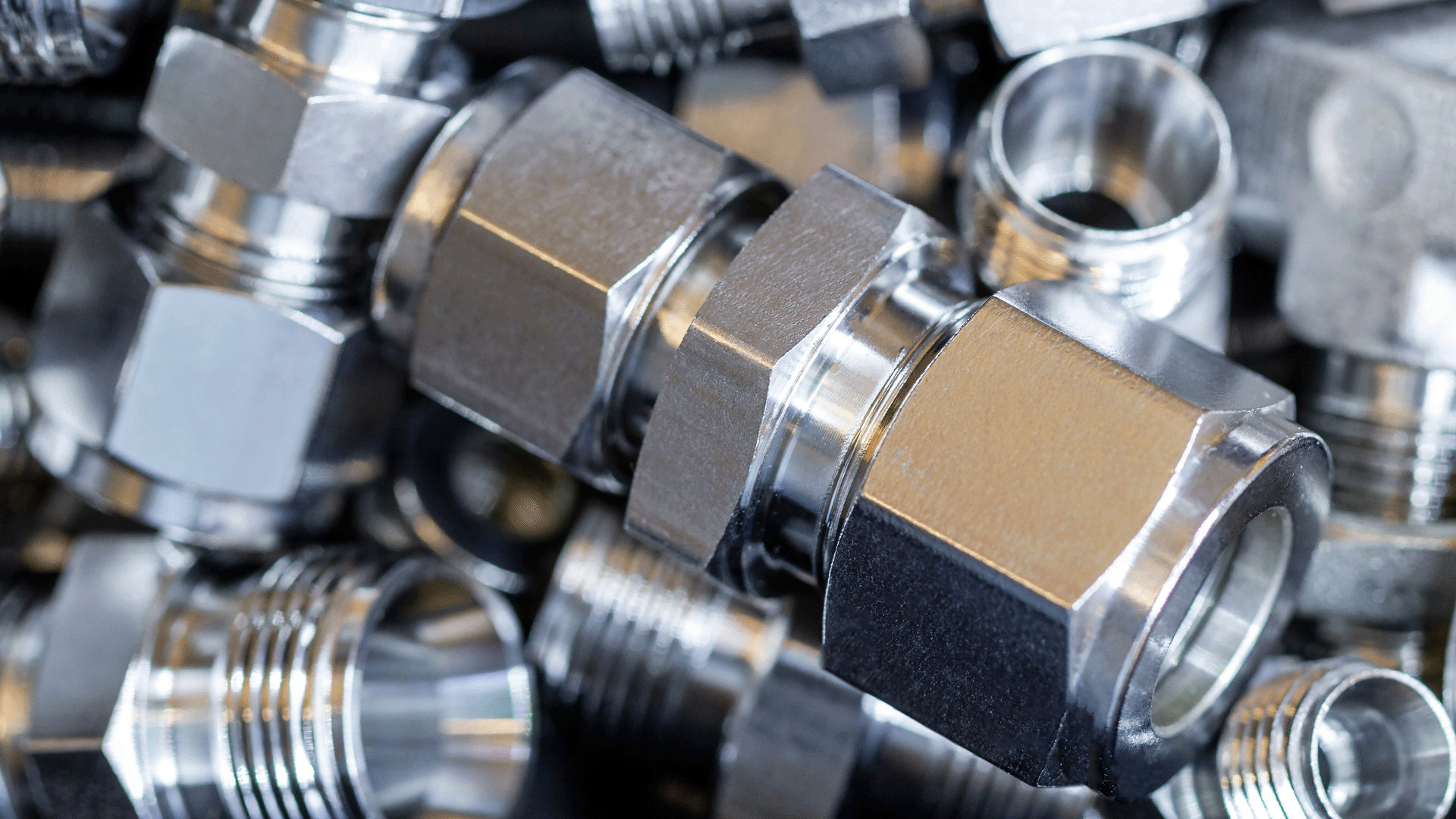In sanitary processing industries, like food and beverage production or pharmaceutical production, uncompromising hygiene, reliability, and efficiency are the gold standard. When it comes to joining tubing or piping components, the fittings you choose can make a significant difference in both the operational and economic performance of your facility. Compression fittings are quickly becoming a go-to solution for many engineers and procurement professionals seeking a secure yet flexible option. Below, we’ll explore what a compression fitting is, why it matters in sanitary environments, and how it brings exceptional value to your production line.
What Are Compression Fittings?
Compression fittings are types of tube fittings designed to create a tight, leak-proof seal without soldering, welding, or other permanent joining methods. They typically consist of three main parts: the body, a nut, and one or more compression rings (also known as ferrules). During installation, these components tighten around the tube or pipe, forming a robust and secure seal that prevents fluids from leaking. If you’re looking to get up to speed on compression fittings, read our blog post, “Compression Fittings 101”.
Why are Compression Fittings Becoming More Popular?
Ultimately, selecting the appropriate sanitary fitting style goes hand in hand with understanding your process requirements, like pressure, temperature, frequency of disassembly, and Clean In Place (CIP) protocols. While Tri-Clamp connections are still popular, you may find that compression fittings provide a better fit for your facility for the following 6 reasons:
1. Ease of Use
One of the most appealing aspects of compression fittings is their straightforward installation. Unlike more complex connection methods that may require specialized tools or skilled welders, compression fittings can typically be assembled using basic hand tools. This means shorter assembly times, reduced downtime, and lower labor costs. Since every minute counts in a high-volume production line, the speed and simplicity of compression fittings can translate directly into operational efficiencies.
2. Versatility
Compression fittings are not one-size-fits-all solutions; they come in a wide range of sizes and configurations to accommodate different tubing diameters and process requirements. Whether you’re working with stainless steel tubing for a food processing line or specialized biopharmaceutical-grade piping, there’s a compression fitting engineered to meet your specifications. This versatility also makes it easier to modify or expand your system in the future without extensive redesign work.
3. Hygiene
Sanitary environments demand impeccable cleanliness and minimal risk of contamination. Designed with smooth internal surfaces and high-quality materials such as stainless steel, compression fittings help maintain strict hygiene standards. The assembly process does not involve heat or additional materials like solder or adhesives, which can introduce contaminants. Instead, the compression mechanism itself provides a clean, leak-tight seal. Moreover, the sleek, crevice-free design helps reduce the likelihood of bacteria or residue buildup, supporting easy sanitation and compliance with industry regulations.
4. Reliability and Strength
Beyond their simplicity, compression fittings are renowned for their robust performance. Once properly installed, these fittings create a durable connection capable of withstanding high pressures and varied temperature ranges. This reliability is critical in sanitary production, where even the smallest leak or equipment failure can have significant ramifications for product safety and batch consistency. By choosing compression fittings, engineers and procurement professionals can ensure consistent performance over the long term, reducing the risk of costly interruptions.
5. Cost-Effectiveness
While initial material costs may vary depending on the specific fitting type, the overall life-cycle cost of compression fittings can be quite favorable. Their ease of installation reduces labor expenses, and their durability means fewer replacements or unplanned shutdowns. In the big picture, these advantages contribute to more efficient operations and a healthier bottom line.
6. Future-Proofing Your Facility
Finally, compression fittings offer adaptability for future expansions or retrofits. Should your production requirements change—whether you need to increase throughput, shift to different materials, or meet new industry regulations — compression fittings allow for straightforward modifications. Their modular nature makes it easy to swap out components or configure new setups without overhauling your entire process line.
Find the Right Compression Fittings for Your Needs
If you’re considering upgrading or expanding your sanitary production facility, compression fittings can be an excellent choice for reliability, hygiene, and flexibility.
Why We Sell Superlok® Fittings
Superlok® Instrumentation Fittings boast superior quality and engineering, making them a top-notch choice for critical applications. Crafted with precision, these fittings offer a robust and leak-free connection, guaranteeing the integrity of fluid systems. With high-grade materials and stringent manufacturing processes, Superlok® ensures durability and long-lasting performance. Read more about Superlok® on our blog post, Why We Offer Superlok® Fittings.

